
DESIGN STRATEGIES, DEEP BRANDING, METAPHORICAL NARRATIVES
Of course, we have a different way of thinking about the alphabet—as designers, as brand fire starters, letter crafters and identity theorists. If you’re thinking about a letter—what’s your favorite? Me?
X.
As I’ve written before about the symbolism of the X, in what appears to be the most widely read blog in the history of all our blogs, which are walking over the top of a couple thousand essay observations.
With any mark, there is symbolism—as in the original context of the symbol, from the Greek—“something that is thrown, together.” That speaks to a comparative ideal, as in something that is named and defined and expressed as a point of truthfulness—
“this symbol, this gathering, this means this for me, or for you—or them.”
 Tim Girvin | NYC
Tim Girvin | NYC
The symbol is a kind of knot or plait work, that sews inspirations or abstractions to a context of meaningfulness for oneself, or to be shared with others—and the more one “believes” in the symbol, as foundational, mundane, esoteric and just plain good luck—the symbol synthesizes. From the root of “ballistics” and the Greek bole, bolon, ballista—it’s a bolt. And yes, they’re aligned—the spear of the symbol. It can be “thrown.”
To the X-files, it’s something strikingly repetitive, as what I would call a deeper metaphorical expression—since, like other migratory symbols, it seems to show up, allegorically in a string of meanings and contexts.
First, the letter itself, as I’d studied in the previous blog, a near decade back—and had a query. What’s with the X, XX, XO, XXX—where did all that come from? Cross your fingers for good luck in trying to figure this out.
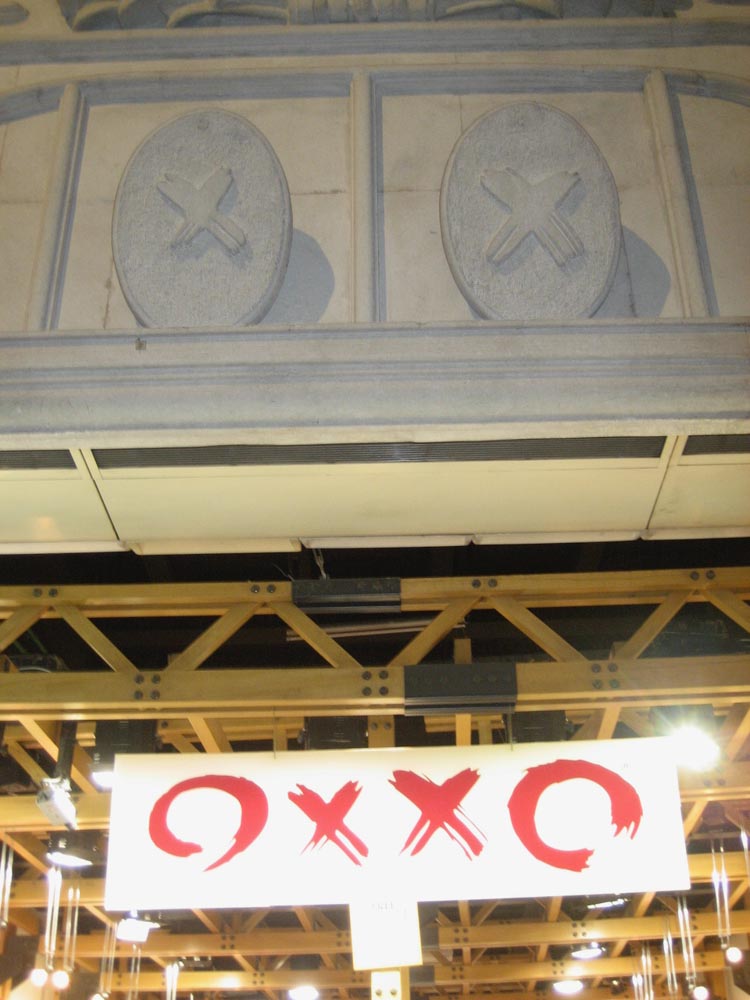 Tim Girvin | Barcelona
Tim Girvin | Barcelona
Of course, there is a long running history to the X-character and its underlying meaning—and that shows out, to Phil Harper’s historical analysis as in the following string:
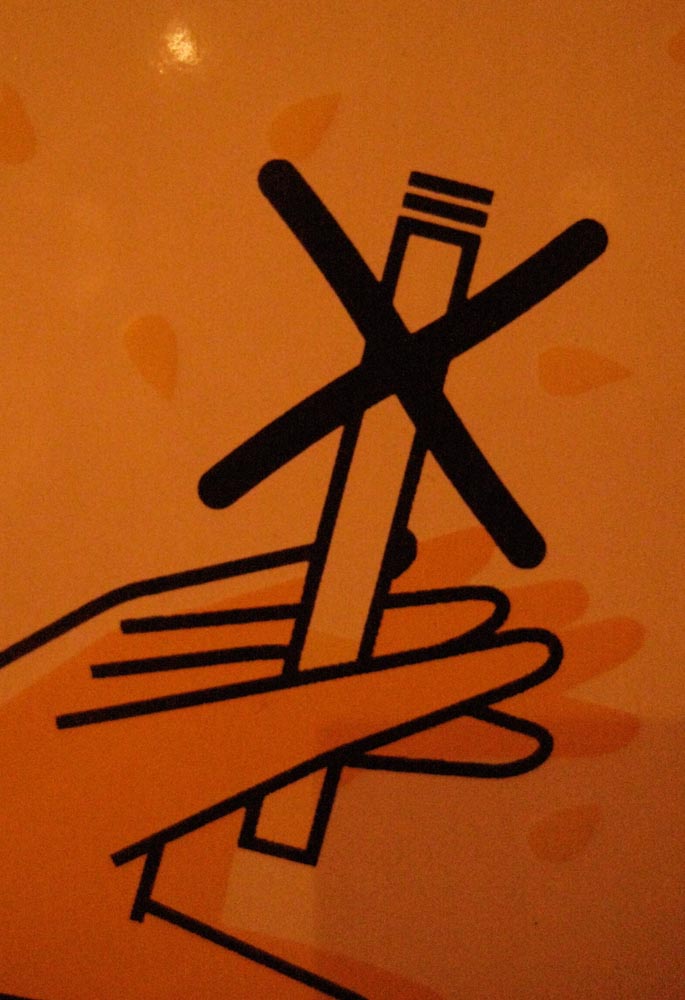 Tim Girvin | Tokyo
Tim Girvin | Tokyo
As Phil notes: the entire entry for X in Johnson’s dictionary (1756) is: “X is a letter, which, though found in Saxon words, begins no word in the English language.” Most English words beginning in -x- are of Greek origin (see chi) or modern commercial coinages. East Anglian in 14c. showed a tendency to use -x- for initial sh-, sch- (such as xal for shall), which didn’t catch on but seems an improvement over the current system. As a symbol of a kiss on a letter, etc., it is recorded from 1765. In malt liquor, XX denoted “double quality” and XXX “strongest quality” (1827).
Algebraic meaning “unknown quantity” (1660 in English, from French), sometimes is said to be from medieval use, originally a crossed -r-, in that case probably from Latin radix (see root (n.)). Other theories trace it to Arabic (Klein), but a more prosaic explanation says Descartes (1637) took x, y, z, the last three letters of the alphabet, for unknowns to correspond to a, b, c, used for known quantities.
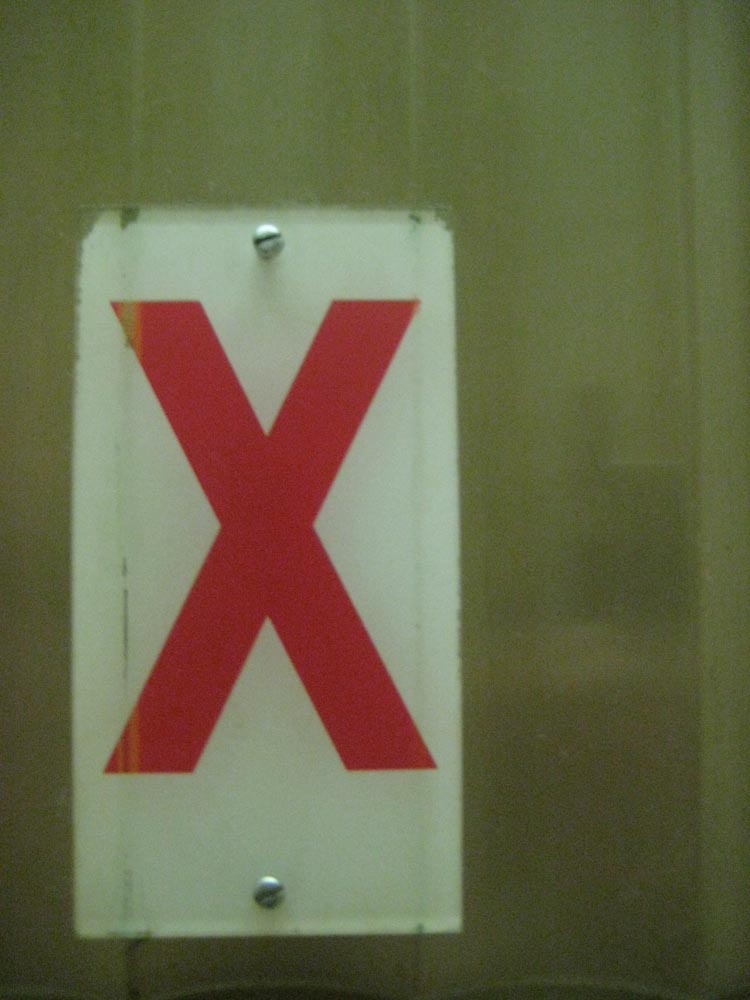 Tim Girvin | Firenze
Tim Girvin | Firenze
Used allusively for “unknown person” from 1797, “something unknown” since 1859. As a type of chromosome, attested from 1902 (first so called in German; Henking, 1891). To designate “films deemed suitable for adults only,” first used 1950 in Britain; adopted in U.S. Nov. 1, 1968. The XYZ Affair in American history (1797) involved French agents designated by those letters.
The X keeps going,
if you dig in, work around
the meanings.
Dictionary.com has a notation relates to the theme—the X of Xmas. Why there, the X—the telling: “You won’t find Xmas in church songbooks or even on many greeting cards.” Xmas, as a phrasing, seems the emblem of abbreviated materialistic intention. But the conceptual link to deeper meaning is closer to this wording, and the X, the heart of the symbol.
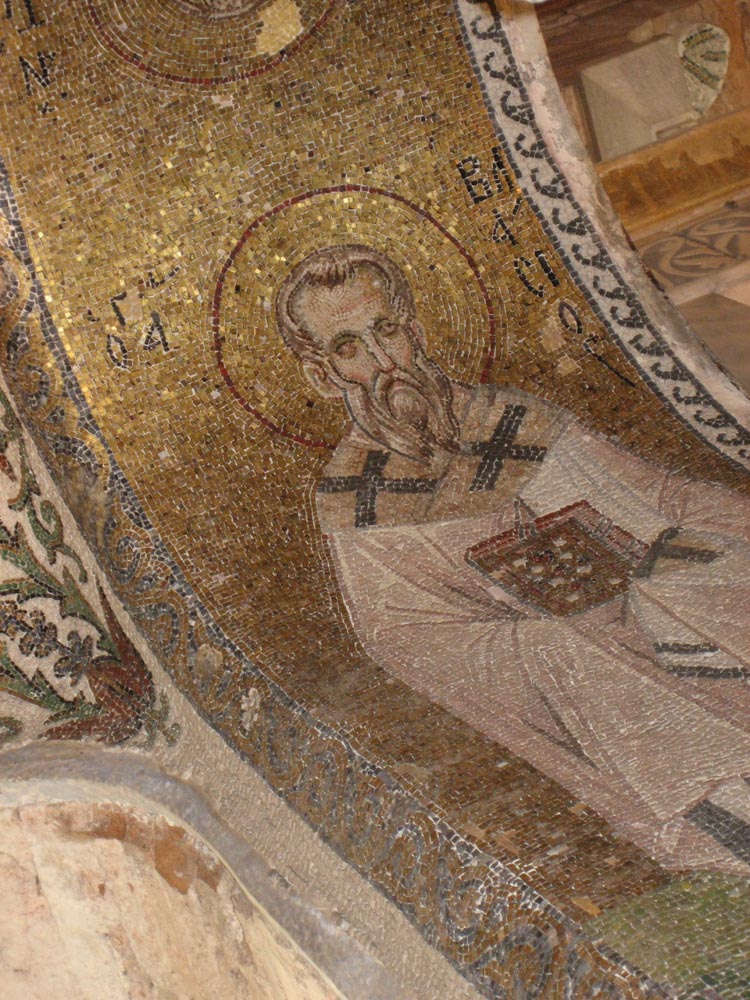 Tim Girvin | Istanbul
Tim Girvin | Istanbul
To Dictionary’s review: “the abbreviation predates by centuries its use in gaudy advertisements. It was first used in the mid 1500s”—and its legacy is alphabetic symbolism: “X is the Greek letter “chi,” the initial letter in the word Χριστός. And the deepening: Χριστός means “Christ—perhaps, similarly aligned to the notion of the cruc-ifiXion.” X has been an acceptable representation of the word “Christ” for hundreds of years.” This graphical device is known as a Christogram. There’s more to the abbreviation—“mas” in Xmas is the Old English word for “mass.” The thought-provoking historical reference of “mass” can be found here. And deeper, here, mass as the missal the sending of the prayer. The X connection links to “the dignified terms “Xpian” and “Xtian” have been used in place of the word “Christian.”
As a designer—and someone who prefers to look beneath the meaning, examining the sub-context of everything, there is a compelling transfixion of the symmetry of the X—two strokes, the crossing guard. And the X does like to the symbolic notion of “crossing point”—seen commonly evidenced.

 Tim Girvin | Valleyford
Tim Girvin | Valleyford
The letter, given symbolisms, crosses borders beyond the graphical meeting point—from the sanctified to the pornographic—(“the 1960s rated X”), and what lies beyond, the unknown (“X-ray.”)
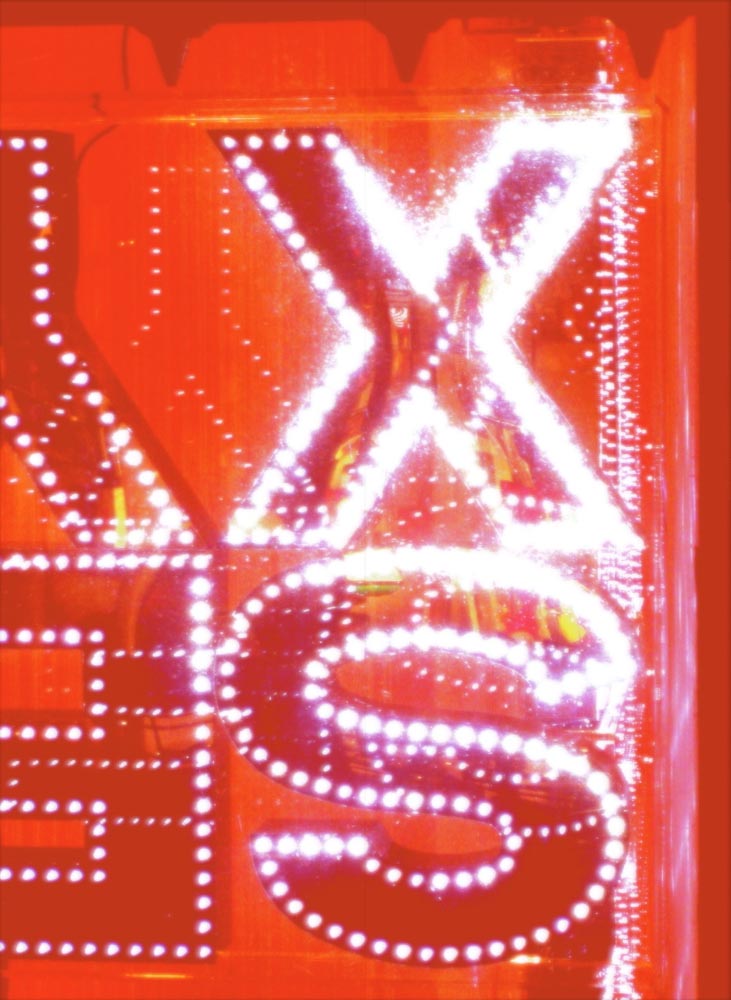 Tim Girvin | NYC
Tim Girvin | NYC
Find out more about the 24th letter of the alphabet, here.
Digging in, I’m finding layers of expansions—
to the power of
the
x
.
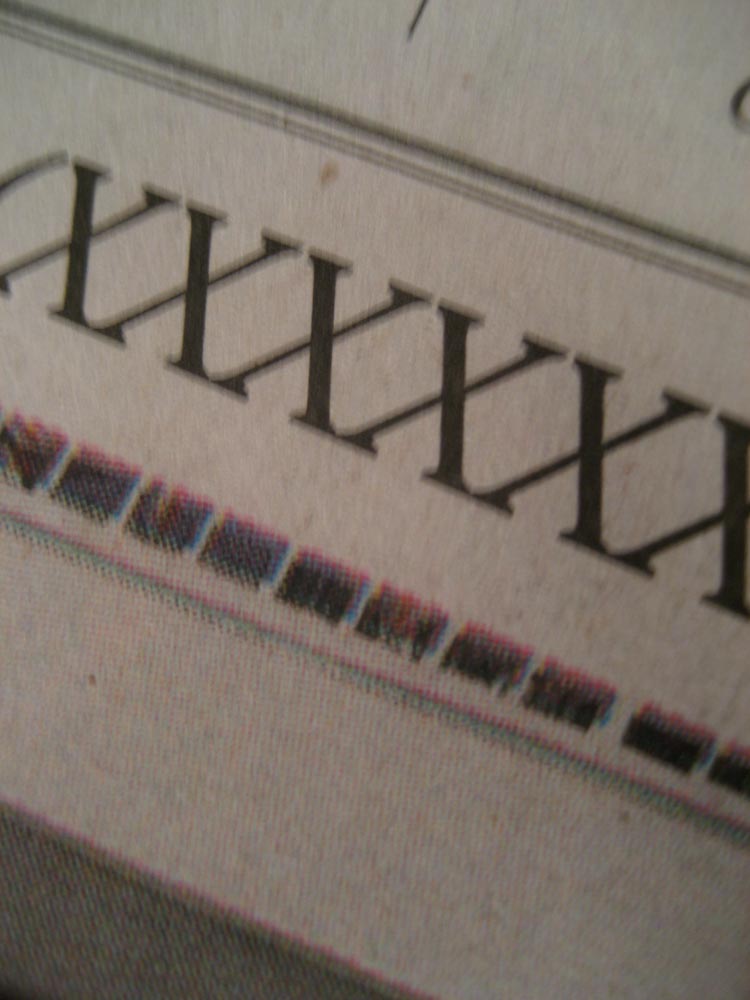 Tim Girvin | San Francisco
Tim Girvin | San Francisco
Here are some added definitions:
Walk the crosswalks with me—or, there’s a Xrossing here:
 Tim Girvin | Vancouver, BC
Tim Girvin | Vancouver, BC
–verb (used with object), x-ed or x’d, x-ing or x’ing
Origin: 1850
- to cross out or mark with or as if with an x (often fol. byout ): to x out an error.
- to indicate choice, as on a ballot or examination (often fol.by in ): to x in the candidate of your choice.
 Tim Girvin | Slökkvibifreiða
Tim Girvin | Slökkvibifreiða
X somehow could be seen to be a kind of out-there letter—
something beyond—the X15 of letters.

Which speaks of:
- experimental.
- extra.
- extraordinary.
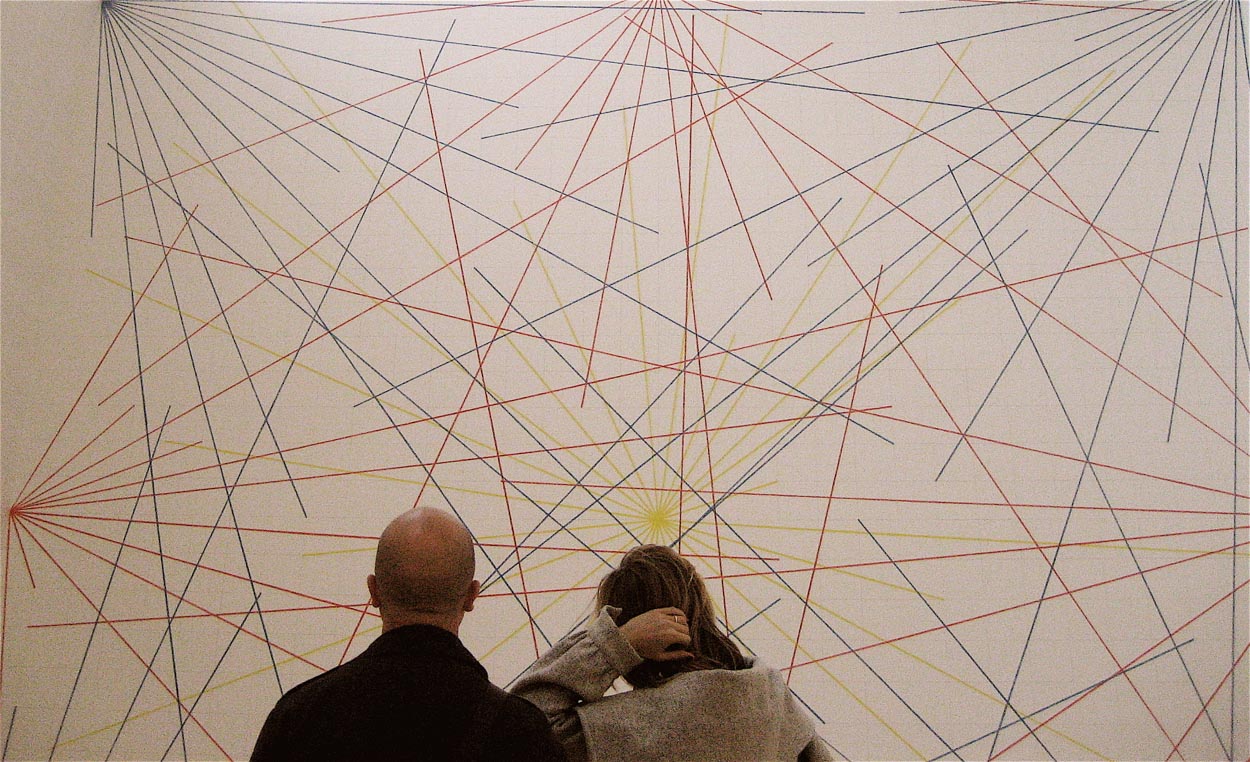 Tim Girvin | DIA Beacon
Tim Girvin | DIA Beacon
X-Symbol—as a geometric and mathematical device.
- the 24th in order or in a series, or, when I is omitted, the23rd.
- (sometimes lowercase) the Roman numeral for 10. Compare Roman numerals—as in the two hands, out-turned to each other.
- Christ.
- Christian.
- cross.
- Electricity. reactance.
- Slang. a ten-dollar bill.
- (in the U.S.) a rating of the Motion Picture Association ofAmerica for movies with subject matter that is suitable for adults only: persons who are under age (usually 17) will not be admitted. Compare G ( def. 7 ), PG, PG-13, See R ( def.5 ).
- (in Great Britain) a designation for a film recommended for adults only.
- a person, thing, agency, factor, etc., of unknown identity.
- Chemistry . (formerly) xenon.
 Tim Girvin | London
Tim Girvin | London
X—stands forward as in:
- ex1.
- excess.
- Stock Exchange.
a. (of stock trading) ex dividend.
b. (of bond trading) ex interest. - experimental.
- extra.
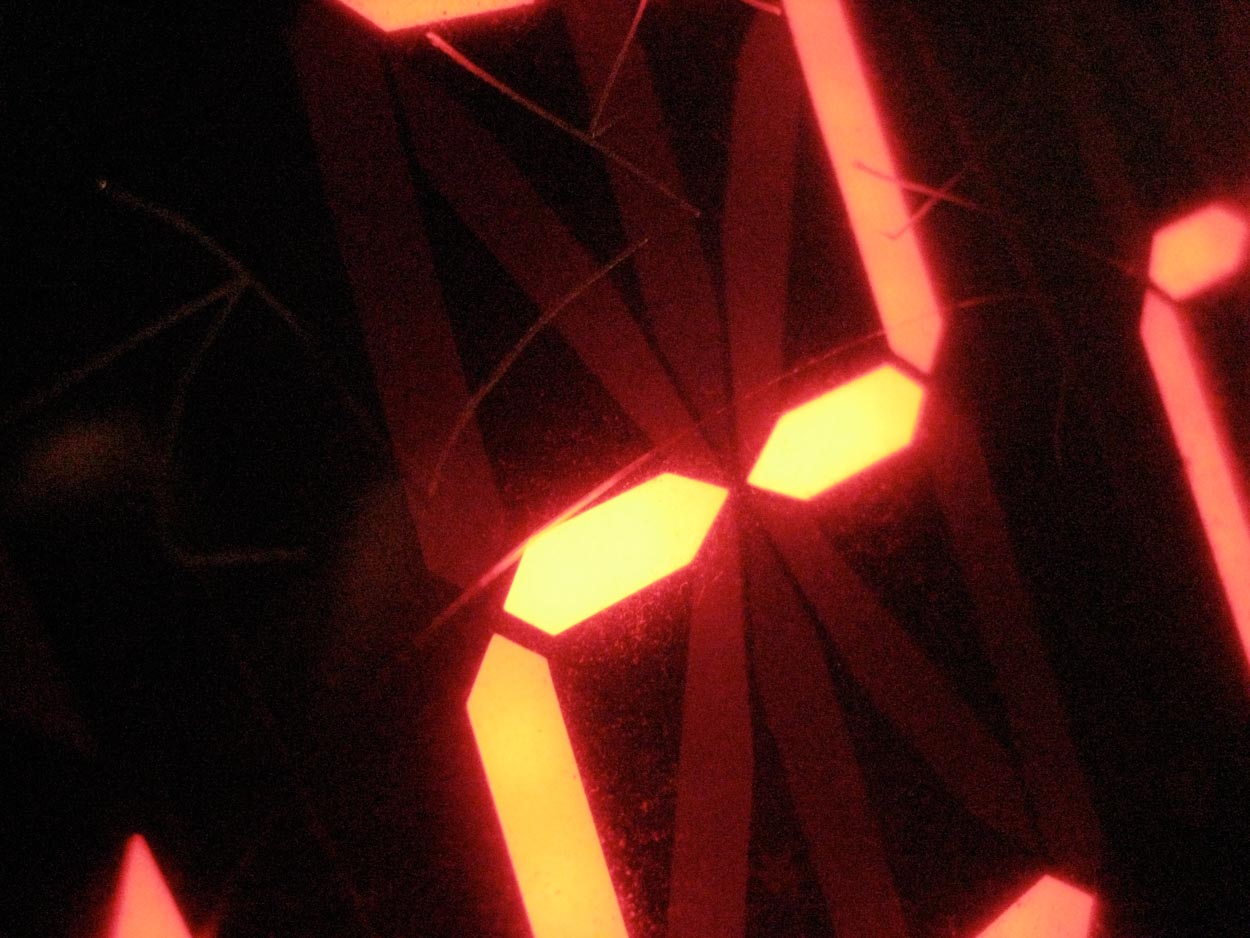
x
Symbol.
- an unknown quantity or a variable.
- (used at the end of letters, telegrams, etc., to indicate akiss.)
- (used to indicate multiplication) times: 8 × 8=64.
- (used between figures indicating dimensions) by: 3″ × 4″(read: “three by four inches”); 3″ × 4″ × 5″
(read: “three by four by five inches”). - power of magnification: a 50x telescope.
- (used as a Signature by an illiterate person.)
- cross.
- crossed with.
- (used to indicate a particular place or point on a map ordiagram.)
- out of; foaled by: a colt by Flag-a-way x Merrylegs.
- (used to indicate choice, as on a ballot, examination, etc.)
- (used to indicate an error or incorrect answer, as on a test.)
- Mathematics. (in Cartesian coordinates) the x-axis.
- Chess. captures.
- a person, thing, agency, factor, etc., of unknown identity.
 Tim Girvin | Lake Kachess
Tim Girvin | Lake Kachess
Obviously then, there are a tiering of meanings as if I haven’t hammered that home sufficiently enough for your analysis and review. But there’s one further contemplation I’d offer for your meditation—something that is a persistence reflection of the life that we each lead, what we make of it, where we go, and what decisions there are in your pathway forward. And this too plays in the magical nature of the X-mark, the spear of symbolism thrown—the ballistic message, carried from the one to the other, the deep space of one’s belief, that passes to another journeyer, as a carried packet of meaning, the knot of a new knowledge, now interwoven.
And this comes down to the symbolism of the place of the x, which—as any journeyer would know—would be the crossroads. In fact, it goes somewhat deeper than that, as a cosmogram. Earlier societies regarded the ringed circle as an expression of the dome of the sky. And, as you might’ve known from your earlier studies of civilization—the earth is square and flat, and it represents the four directions, as the plane of experience, which points to the frost lands of the north, gazes east to the sunrise, west to sunset, south to the warmer horizon. And at the center of that place is the crossroads, the X-point of decision making.
I’ve drawn it like this.
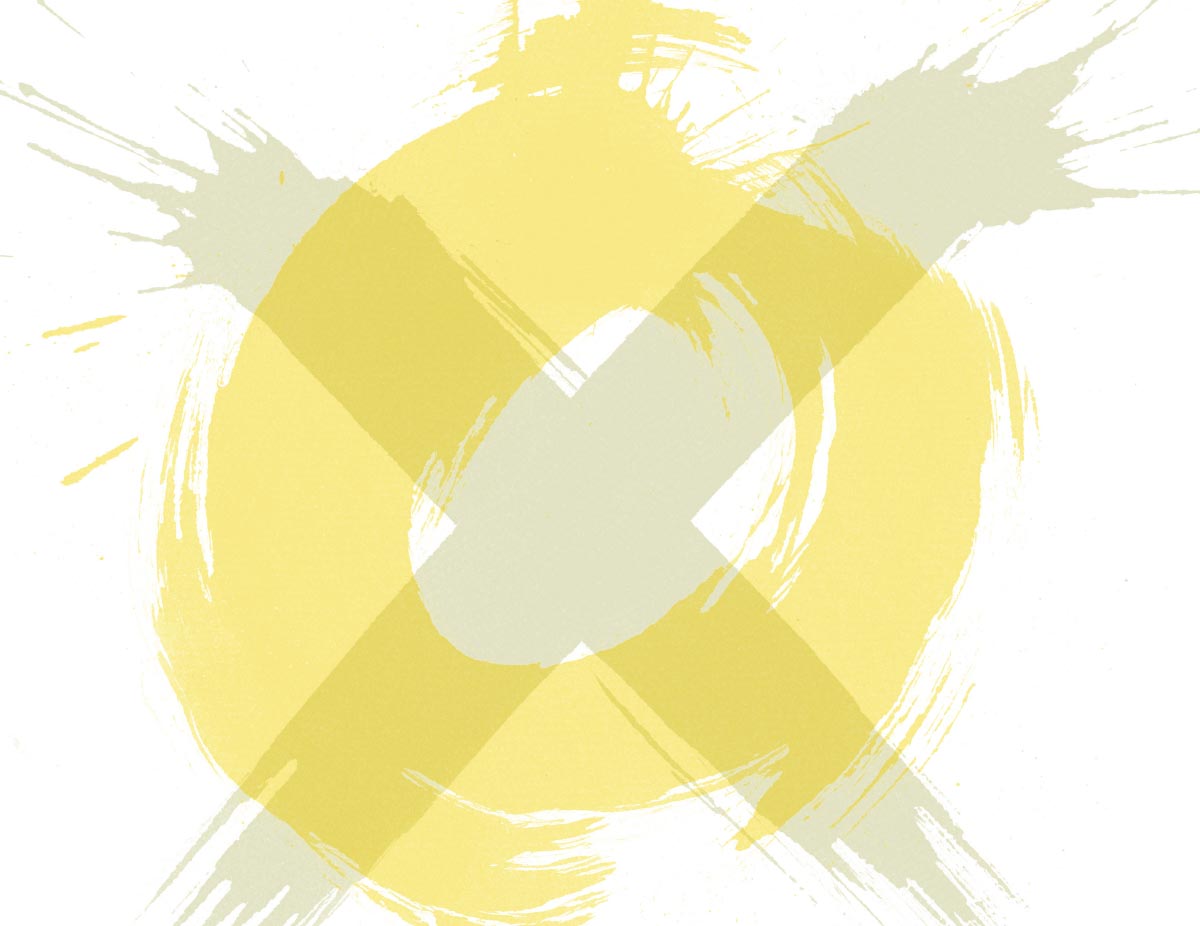
I’ve written about this idea of thinking of design as portal making, a kind of magic; think of it this way: as a designer, you’re trans-positioning a narrative from one plane of comprehension to another. It’s what brand is—fire-making in the construct of change-making, as well we all know: the best brands are on fire.
Brands, they’re built by passionate people with love in the making of visioning coming to life—dreams made whole.
To the nature of the X and the crossroads, the lore is deep and ancient—and it’s a multi-cultural and historical phenomenon. Thinking about it, personally, you’re walking a path, and you come to a juncture, a neXus, which is the point between one pathway or another—or, in a true crossroads, a triplicate set of forward-making paths—which is one choice to go-forward, or in a quaternary selection, the fourth path is a way to go back from whence you came.
In African Kongo culture, the nature of the crossroads becomes a spiritual map, which is, as well, a cartographic representation of the universe. From Wikipedia, this notation adds to the crossroads narrative—and the X-mark.
A KONGO YORU COSMOGRAM
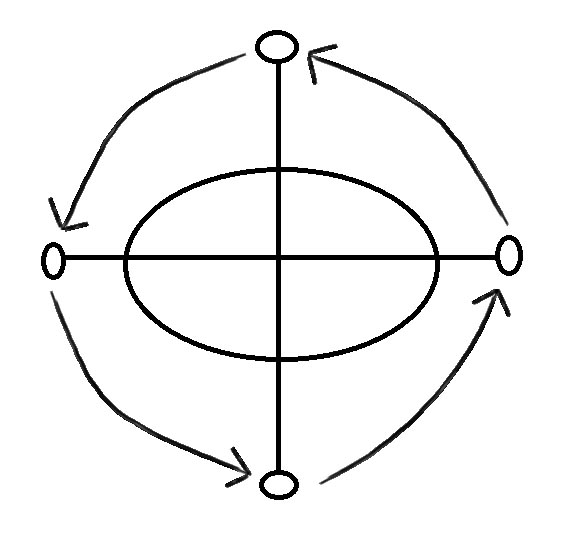
As Wikipedia observes—with an inclusion of their footnotes, should anyone choose to explore: In conjure, rootwork, and hoodoo, a form of African magical spirituality practiced by African Americans in the United States, the crossroads in Hoodoo originates from the Kongo cosmogram in Central Africa. It represents the rising and setting of the sun, and the human life cycle of death and rebirth. The center of the crossroads is where the communication with spirits take place. During the transatlantic slave trade, the Kongo cosmogram was brought to the United States by African slaves. Archeologists unearthed representations of the Kongo cosmogram on slave plantations in South Carolina on clay pots made by enslaved Africans. The Kongo cosmogram is also called the Bakongo cosmogram and the “Yowa” cross. The Yowa cross (Kongo cosmogram) “Is a fork in the road (or even a forked branch) can allude to this crucially important symbol of passage and communication between worlds. The ‘turn’ in the path,’ i.e., the crossroads, remains an indelible concept in the Kongo-Atlantic world, as the point of intersection between the ancestors and the living. It is at the crossroads where many Africans believe one will witness the powers of God and emerge from the waters spiritually renewed.”
While this African tradition finds its way to American roots of “conjure, rootwork and hoodoo,” the notion of the crossroads, the meeting point of the strokes of the X, I’ve personally observed in other parts of the planet.

I came to a crossroads in Bali and there were dozens of women with their arrangements in offerings—which is, of course, commonplace throughout Bali—but in this instance, their offerings were at the crossroads, as a beneficial invocation.
In Bali, the crossroads are definitively dangerous, not only for collisions, but a place where the leyak—the Balinese evil spirits—come to snatch the unaware.




One might ask—really, what does all of this have to do with a blog on design and branding?
Like everything, from my personal perspective as well as my team of designers and strategists, there are layers of content. There is that which lies on the surface, and there are the tiers of storytelling that multiply beneath the surface of the obvious. When you’re looking at the obvious, there is invariably a back and understory. The layering is the headline, the supporting sub header, the opening abstract, the flesh of the story—the lead-in, first sentence, then the lead out, finish and conclusion—it’s like a newspaper. Fast, first, accessible opening, core of the story, and then—what of the finish of the plotted narrative?
I even gave a talk on it—for an advertising and business event, in Montana, journey-making in brands, the cross of the earth and the circle of the sky—and the posit between worlds, at the center, the crossroads of connectivity for those who have been engaged to pass through.
To the next place.
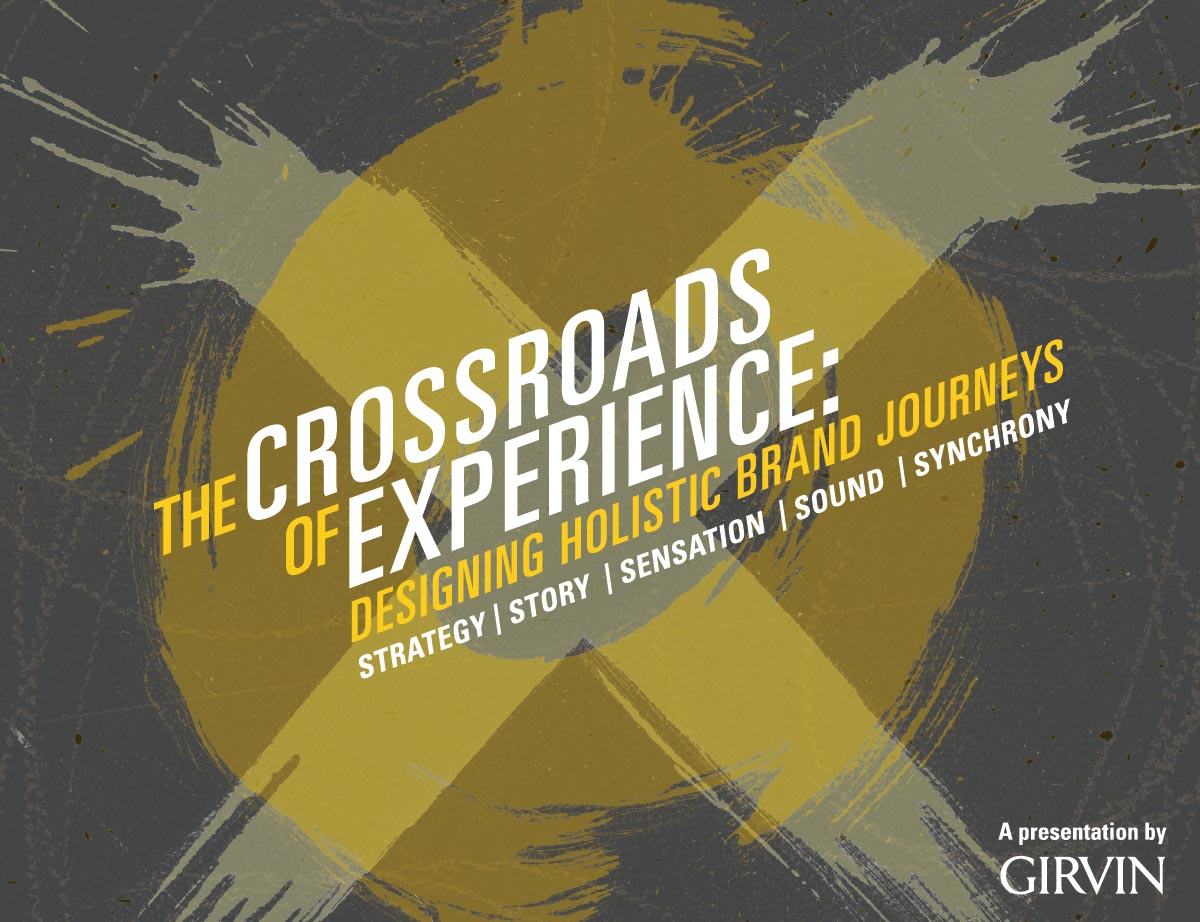
Tim Girvin | OseanStudios + GIRVIN
DEEP BRAND STRATEGIES | ALLEGORIES OF DESIGN